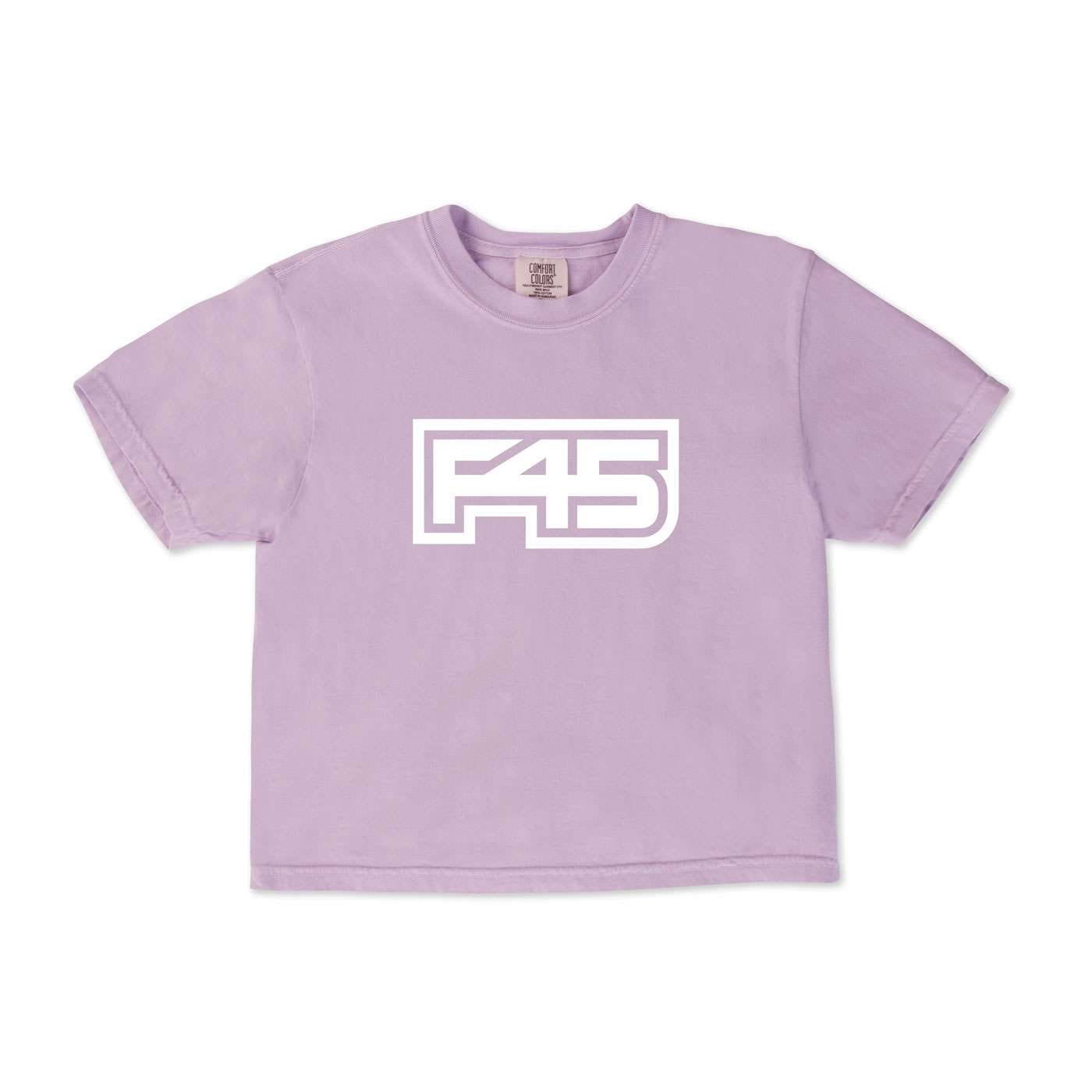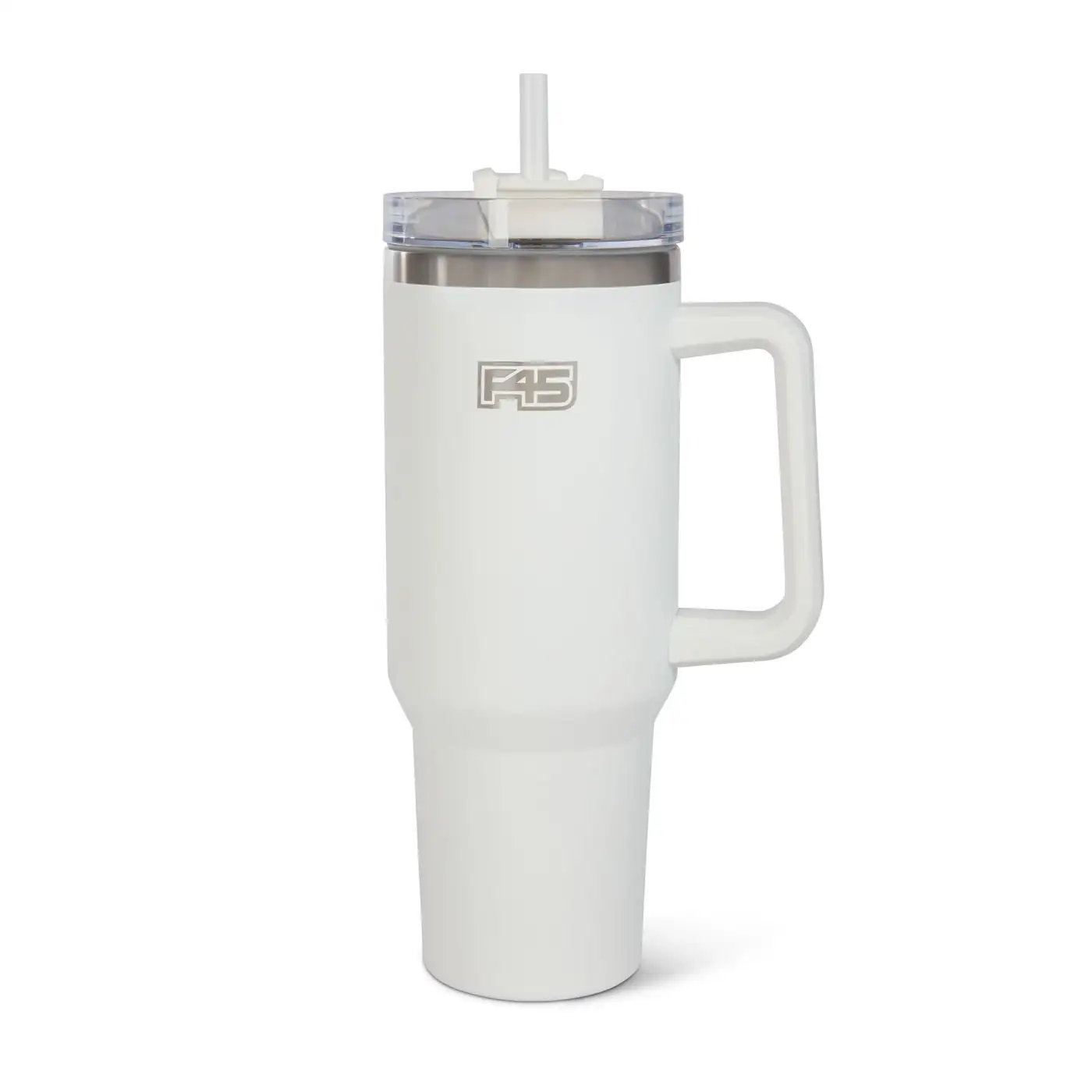
Sugar cravings are undoubtedly something we all struggle with from time to time. Even when we aren’t hungry, the temptation of a sweet snack can be hard to resist. Unfortunately, the link between excess added sugar consumption and a number of chronic diseases, including obesity and type 2 diabetes, is largely evident.
The most recent guideline for added sugar consumption from the World Health Organization indicates that no more than 10% of our daily calories (10%DV) should come from added sugar [2]. This means no more than 50g of added sugar/day, based on a 2000 calorie/day diet.* The WHO has also indicated that we should not exceed 25g of added sugar/day[2]. To put this in perspective, an average candy bar combined with a single can of soda pop is greater than 65g of added sugar, which already more than doubles the recommended daily value.
While we may be aware of these adverse long-term health effects of refined sugar consumption, why is it so challenging for us to cut it out? Unlike natural sources of sugar found in whole fruit, the problem with refined sugar is that it is stripped of essential nutrients during processing (fiber, vitamins, minerals) before being artificially added to store-bought sweets.
On top of this, food manufacturers have come up with a number of alias names for sugar, including ‘high fructose corn syrup,’ ‘fruit juice concentrate,’ and ‘maltodextrin.’ Therefore, not only has added sugar become more challenging to spot in food products, but it is also highly addictive. Refined sugar triggers the release of dopamine—our ‘feel good’ hormone—which plays a key role in the circuit of our brain associated with reward and addictive behavior. With continued consumption of refined sugar over time, the amount of sugar required to trigger this ‘reward’ feeling from dopamine increases. This means heightened sugar cravings and greater consumption of refined sugar.
Breaking a sugar addiction won’t happen overnight, but it is doable with dedication and commitment to healthy eating behaviors. As part of the C30 15-Day Sprint, F45 Challenge Nutritionist Kim Bowman answers some key questions on sugar addiction. Check out this Q&A below for key strategies and how to get started.
Q1: What’s the difference between refined sugar and added sugar?
All references regarding cutting out sugar within this Q&A refer to refined sugar, not natural sources. Refined sugar is extracted from sugar cane or sugar beets during processing, then artificially added into processed foods as sucrose (white table sugar) or high fructose corn syrup. While natural sources of sugar contain essential whole-food nutrients (vitamins, minerals, fiber), refined sugar is extracted of all essential nutrients (i.e. fiber) during processing. While natural sources of sugar like strawberries contain fiber to slow digestion, refined sugar gets metabolized very quickly to induce large, abrupt spikes in blood sugar. These spikes are short-lived, and result in lowered energy and irritability (sugar crash).
Therefore, foods that contain large amounts of refined sugar don’t provide significant nutritional value to keep us full, which results in us feeling hungry shortly after consuming them. You many have experienced this lack of satiety when consuming a bowl of a sugary breakfast cereal and instantly feeling like you could have another bowl. In other words, refined sugar can lead to excess consumption of ‘empty calories,’ whereas natural sources of sugar contain essential nutrients that our body needs. For more info, see the article “Refined Sugar vs. Natural Sugar”.
Q2: What’s your #1 tip for breaking sugar addiction?
Avoid processed and packaged foods as much as possible and always check nutrition panels/labels for added sugar. Swapping out sugary breakfast cereals with a natural source like blueberries or raspberries, in combination with some fiber and protein, will help to slow digestion and curb sugar cravings. A great example would be rolled oats or chia seeds with plain Greek yogurt and fruit—this will keep you fuller for longer and help avoid large spikes in blood sugar.
Q3: Aside from adding protein and fiber, what else would you recommend to cut sugar cravings?
-
-
Hydration: Staying on top of hydration every day is key for avoiding excess sugar consumption. The WHO recommendation for minimum daily water intake is 2-3 liters, or 0.5 to 0.8 gallons. Our body disguises dehydration as sugar cravings, so the next time you’re craving something sweet, reach for a glass of water first!
-
No artificial sweeteners: While many artificial sweeteners don’t contain calories, they may still trigger the same reward response as refined sugar [1]. Therefore, it’s best to stick to natural sugars to avoid triggering cravings.
-
-
Quality Sleep: A minimum of 7 to 8 hours of quality sleep is critical for avoiding cravings. Sleep deprivation increases both our stress and hunger hormone levels, while lowering our appetite-regulating hormone levels.
Q4: How do you avoid refined sugar on food labels?
First, check the %DV of added sugar on the nutritional panel/label. If this value goes above 10%, then you automatically know that a single serving contains more than your recommended daily allowance for refined sugar.
Additionally, it’s a good idea to familiarize yourself with various names for added sugar so you know what to watch out for on ingredient lists. There are over 100 different names for refined sugar used by food manufacturers to hide added sugar in ingredient lists. It’s also common to divide added sugar amongst five different ingredients just to avoid having sugar at the top of the ingredient list (as the first ingredient makes up the greatest composition of the food item).
Lastly, watch out for tricky marketing tactics that say “made with real fruit” or “natural.” Just because the product says natural doesn’t mean it lacks refined sugar or is healthy. Disregard these health marketing messages and always check the item’s nutrition panel/label.

Q5: What are some common names for added sugar?
-
Syrups: high fructose corn syrup, agave syrup, malt syrup
-
Words ending in O-S-E: dextrose, maltose, fructose
-
Fruit juice concentrate
Q6: How long does it take to reduce cravings?
After about two to four weeks of avoiding refined sugar, you’ll start to notice that natural sources of sugar will satisfy a sweet cravings rather than refined sugar.
Q7: What’s the benefit to cutting out refined sugar?
The short answer to a long list of benefits is that refined sugar is one of the root causes of inflammation in the body, which has negative effects on our health over time. Cutting out refined sugar will not only improve gut health and the effectiveness of our immune system to fight infection and inflammation, but will help us maintain a healthy body composition and avoid chronic diseases. Avoiding refined sugar also has positive benefits on our mood, energy, focus, and overall mental health.
* The maximum daily allowance for added sugar is 10%DV or 50g of added sugar based on a 2000 calories/day diet. This %DV will vary depending on individual daily calories consumption.














